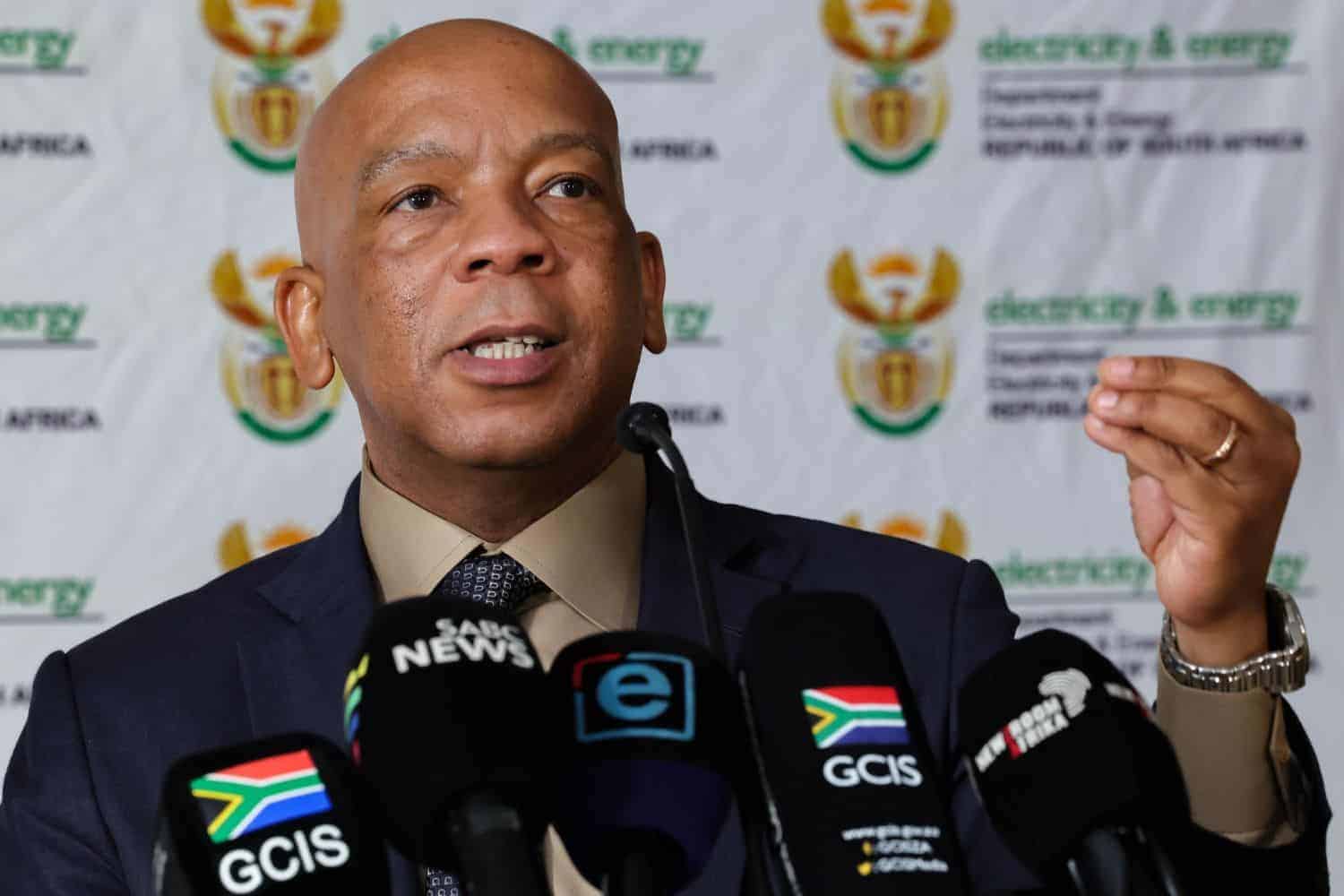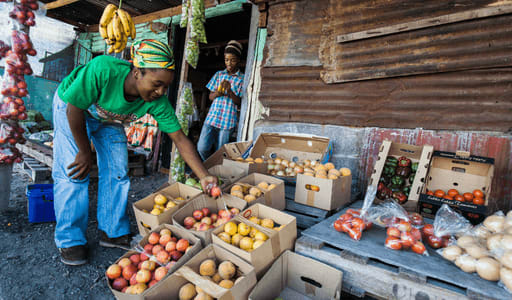department of energy and electricity
South Africa’s new Integrated Resource Plan marks a decisive break from the country’s coal-dominated past. While gas and renewables expand their footprint, nuclear power is emerging as a stabilising cornerstone for the nation’s long-term energy future
South Africa’s latest Integrated Resource Plan (IRP 2025) has redefined the country’s energy landscape, signalling a fundamental transformation in how electricity will be generated and supplied over the next fifteen years. The new blueprint, championed by Minister of Electricity and Energy Kgosientsho Ramokgopa, proposes a diversified energy mix that gives greater prominence to gas and renewables while renewing national commitment to nuclear energy as a stabilising and clean baseload power source.
A new direction for South Africa’s power mix
Under the revised plan, coal, which has been the backbone of South Africa’s energy sector, will see its share fall from nearly sixty percent to about twenty-seven percent by 2039. Wind and solar will expand substantially, projected to provide twenty-four percent and eighteen percent of capacity respectively. Gas is set to contribute around eleven percent, while nuclear capacity could more than double to roughly five percent.
This rebalancing marks a pivotal moment. For the first time, the government’s long-term energy policy recognises nuclear energy not as an afterthought but as an essential pillar in ensuring stability, reliability, and low-carbon generation within a diversified system.
Nuclear power: the quiet backbone of the transition
In announcing the plan, Ramokgopa described nuclear as a critical stabilising agent in an energy system increasingly dependent on intermittent sources like solar and wind. He reaffirmed that the government is exploring both large-scale and modular nuclear technologies, including the revival of South Africa’s Pebble Bed Modular Reactor (PBMR) programme, once viewed as a potential global leader in small modular nuclear design.
Two possible new nuclear sites, Duynefontein in the Western Cape and Thyspunt in the Eastern Cape, are under renewed evaluation, with environmental impact studies and public consultations expected to begin in 2026.
Supporters of nuclear development argue that the technology offers what no other clean energy source can currently provide: continuous, zero-emission baseload power that ensures grid stability during periods of low solar or wind generation. For South Africa, where load-shedding continues to undermine industrial growth and public confidence, the consistency of nuclear output is a crucial advantage.
Balancing innovation and security
While much of the public debate around the IRP 2025 has centred on gas expansion, the inclusion of nuclear aligns South Africa with a broader global trend. Many countries, including the United States, France, and China, are extending or rebuilding their nuclear fleets as part of long-term climate and energy security strategies.
Energy experts point out that modern nuclear technology has evolved dramatically from the costly and complex systems of the past. Advances in modular reactor design, improved waste management, and passive safety systems have made next-generation reactors both safer and more cost-effective. For South Africa, which already possesses a skilled technical base through Koeberg, the country’s sole nuclear station, expanding the nuclear programme would also mean local job creation, skills transfer, and industrial participation in a high-tech sector.
Financing and feasibility
The IRP 2025 estimates an investment requirement of R2.2 trillion by 2039 to implement the full expansion programme. Ramokgopa has emphasised that the private sector will play a major role in financing and delivering these projects, noting that nuclear need not be prohibitively expensive if planned and managed transparently.
Experts suggest that modular reactors, with their shorter construction times and scalable design, could allow South Africa to add new capacity incrementally, reducing financial risk and aligning with local demand growth.
Coal’s managed decline and the role of gas
The plan does not abandon coal entirely. Rather, it frames a managed decline approach, investing in cleaner coal technologies while ensuring energy security during the transition. Gas, meanwhile, will serve as a bridging fuel, supporting renewables and stabilising the grid while long-term nuclear and hydrogen infrastructure are developed.
A strategic vision for the future
Ramokgopa’s announcement represents more than a technical policy update. It is a redefinition of South Africa’s energy identity. The new mix aims to strike a balance between environmental sustainability, affordability, and reliability, positioning nuclear energy as the foundation of a resilient and carbon-neutral future.
If implemented effectively, South Africa’s embrace of nuclear could transform the continent’s energy dynamics, providing a model for clean industrialisation and secure electricity generation across Africa.


















